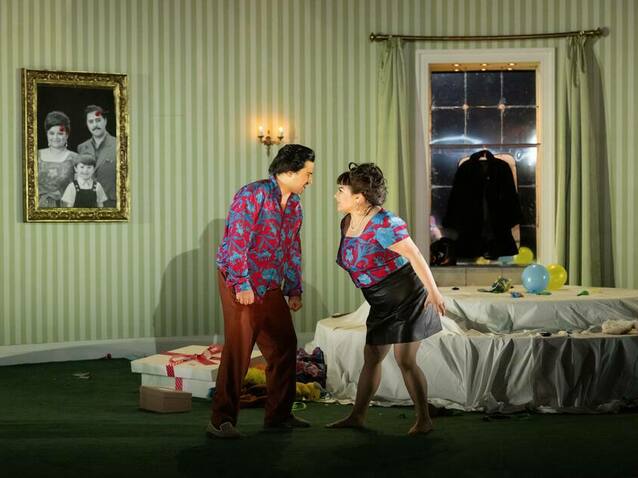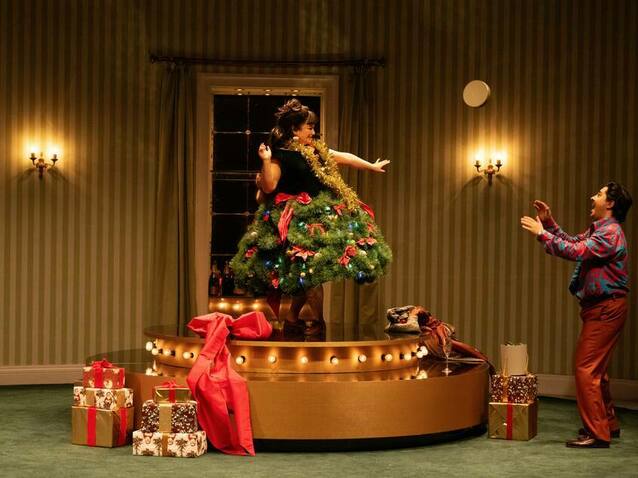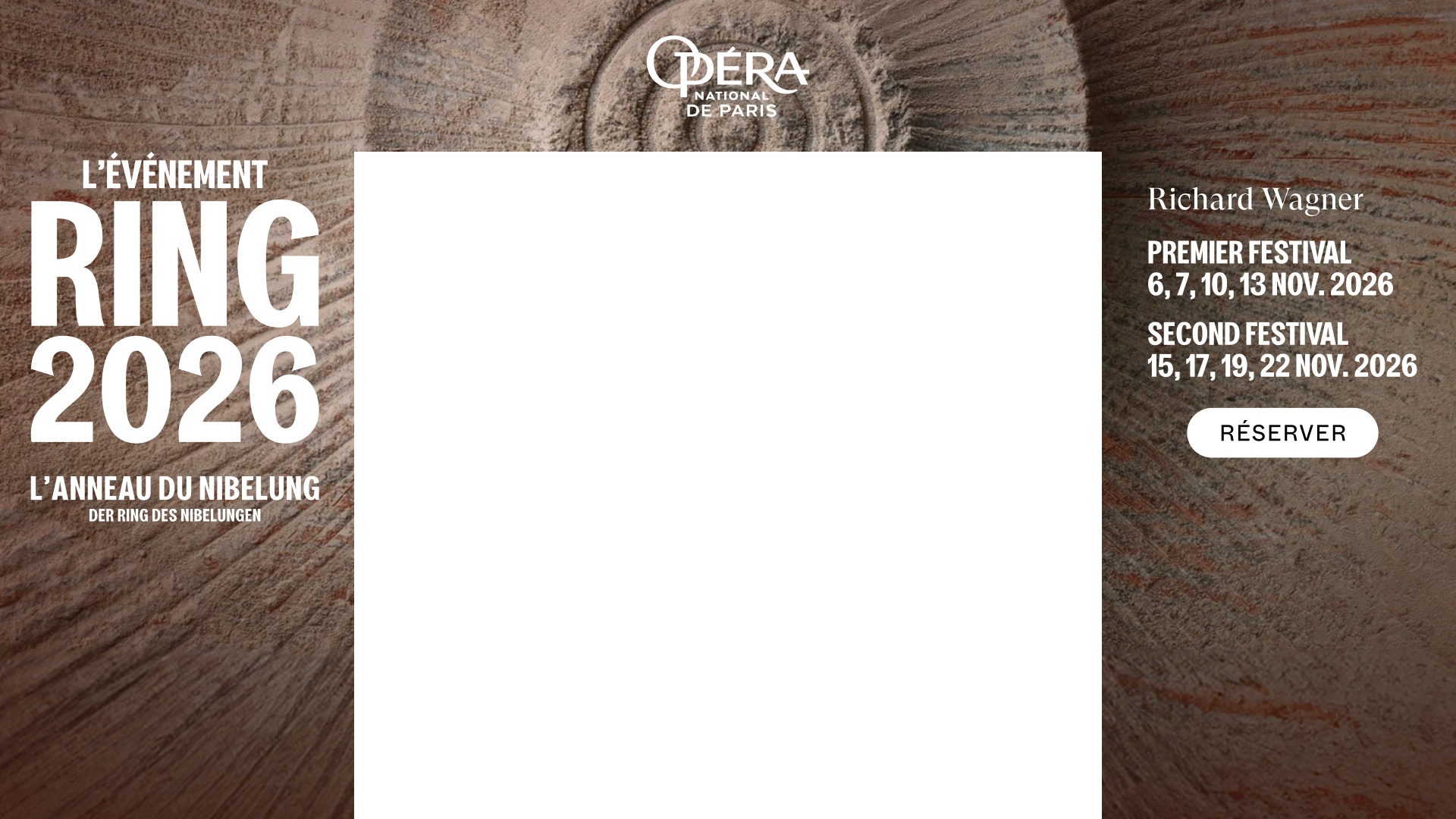 © Camilla Greenwell
© Camilla Greenwell
Although Georg Philipp Telemann is acclaimed as one of the greatest Baroque composers, and one of the most prolific ever in terms of volume of output, his operas have been somewhat neglected. This performance of Pimpinone, or, to give it its full title, Die Ungleiche Heirat zwischen Vespetta und Pimpinone oder Das herrsch-süchtige Camer Mägden (The Unequal Marriage Between Vespetta and Pimpinone or The Domineering Chambermaid), represents the first time that Covent Garden has ever presented one of his staged works.
The opera is described as a Lustiges Zwischenspiel (comic intermezzo) in three parts. It was first performed at Hamburg’s Oper am Gänsemarkt on 27 September 1725 in between the acts of Telemann’s own adaptation of George Frideric Handel’s Tamerlano, thus applying some light relief to that opera seria. With a libretto by Johann Philipp Praetorius, the story sees the character of Vespetta persuade the wealthy Pimpinone to take her on as his housemaid.
After he agrees to do so, she reprimands him for his lavish lifestyle and poor treatment of her. To pacify her he gives her expensive gifts, but she tells him that if everyone saw her in extravagant garments and jewellery they would gossip and it would ruin her reputation. Realising that there is only one way to prevent her from leaving, Pimpinone persuades her to marry him. He seems to think she will be a quiet and subservient wife after he asks her a series of questions and she gives the answers he wishes to hear, which suggest that she prefers to stay at home than to grace masquerades. Once they are married, however, she asserts herself to ensure that she wins on every front. For all Pimpinone may be boorish, as Vespetta keeps reminding us, he does love her. He consequently ends up capitulating on everything, letting her do as she pleases and go out whenever she wants, in order to keep her as his wife.
The opera was well received on its premiere, and is often seen as paving the way for later intermezzi such as Giovanni Battista Pergolesi’s La serva padrona of 1733. As one watches, it is possible to identify features that can be found in later operas, although this does not necessarily mean that Pimpinone was directly influencing all of these other works. For example, the same theme of a woman running rings around the men can be found in Franz Joseph Haydn’s La canterina of 1766, but it seems more likely that both pieces were drawing on tropes that had a long history. Nevertheless, it is striking how similar the character of Vespetta is to Norina in Gaetano’s Donizetti’s Don Pasquale of 1843, when she deliberately becomes as demanding as possible when in disguise. It is similarly notable how Pimpinone reveals two characters singing together in a ‘patter’ style as can also be found in Don Pasquale. Certainly, the fact that the story unfolds for the most part in secco recitative is interesting since the technique is far more usually associated with Italian opera.

Grisha Martirosyan and Isabela Díaz in Pimpinone © 2025 Camilla Greenwell
Director Sophie Gilpin sets the action in the 1960s, which is clever because it serves a variety of purposes. The period is recent enough for us to relate easily to what we see play out, and yet in that decade the power and gender relationships that the original work played on could still just about hold. At the same time, this was a changing world and so the setting is one in which Vespetta could quite feasibly endeavour to push the boundaries of what she might do or be. All of the action takes place in the living room of Pimpinone’s house and in Anna Yates’ set this feels quite plush for the time. It also possesses a slightly surreal element as every time the curtains are drawn back they seem to reveal a different ‘prop’ that is required for the action. A circular podium stands in the room, which, when covered in different ways, can hint at such things as the stand for a Christmas tree, a gambling table or the table for a child’s birthday party.
In order to make the short opera work as an evening in its own right (it now lasts around eighty minutes), the production has added Telemann’s Sinfonia Spirituosa in D major of 1733. This is in three movements, with the first movement acting as the overture and the second and third as intermezzi between each of the acts. Gilpin and movement director Natasha Harrison use these to explore character through silent actions and gestures. The ‘overture’ focuses on Vespetta as she dresses up, and takes her first steps towards putting herself centre stage by practically making herself synonymous with Christmas. The first ‘intermezzo’ considers the life that Pimpinone is inclined to live as he reveals his penchant for cards and gambling, while the second reveals how their marriage plays out with the staging making it clear that they have a child. If the extension of the opera slightly undermines its nature as a short, light ‘interlude’, the advantages certainly outweigh the disadvantages as the sinfonia is beautiful in its own right, and what occurs during it takes the exploration of the characters to another level.
The intimate nature of the piece ensures that it works perfectly in the Royal Opera House’s Linbury Theatre, and this is a Jette Parker Artist production, meaning the cast and creatives are drawn from the RBO programme to develop up-and-coming talent. Isabela Díaz throws herself completely into the role of the increasingly demanding Vespetta, with her persuasive soprano combining technical accomplishment with an appropriate degree of panache. In the title role, Grisha Martirosyan reveals a very warm and engaging baritone, with his voice feeling as smooth as his overall persona at the start. He then convincingly undergoes the transition from a man who has all the winning cards to one who appears broken in every way. Finally, Peggy Wu’s conducting of the Orchestra of English National Opera is exemplary as her strong and intricate understanding of Telemann’s score really comes to the fore.
By Sam Smith
Pimpinone | 2 - 17 May 2025 | Linbury Theatre, Royal Ballet and Opera, Covent Garden
the 06 of May, 2025 | Print


Comments